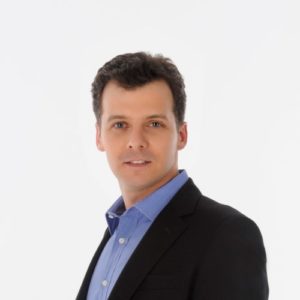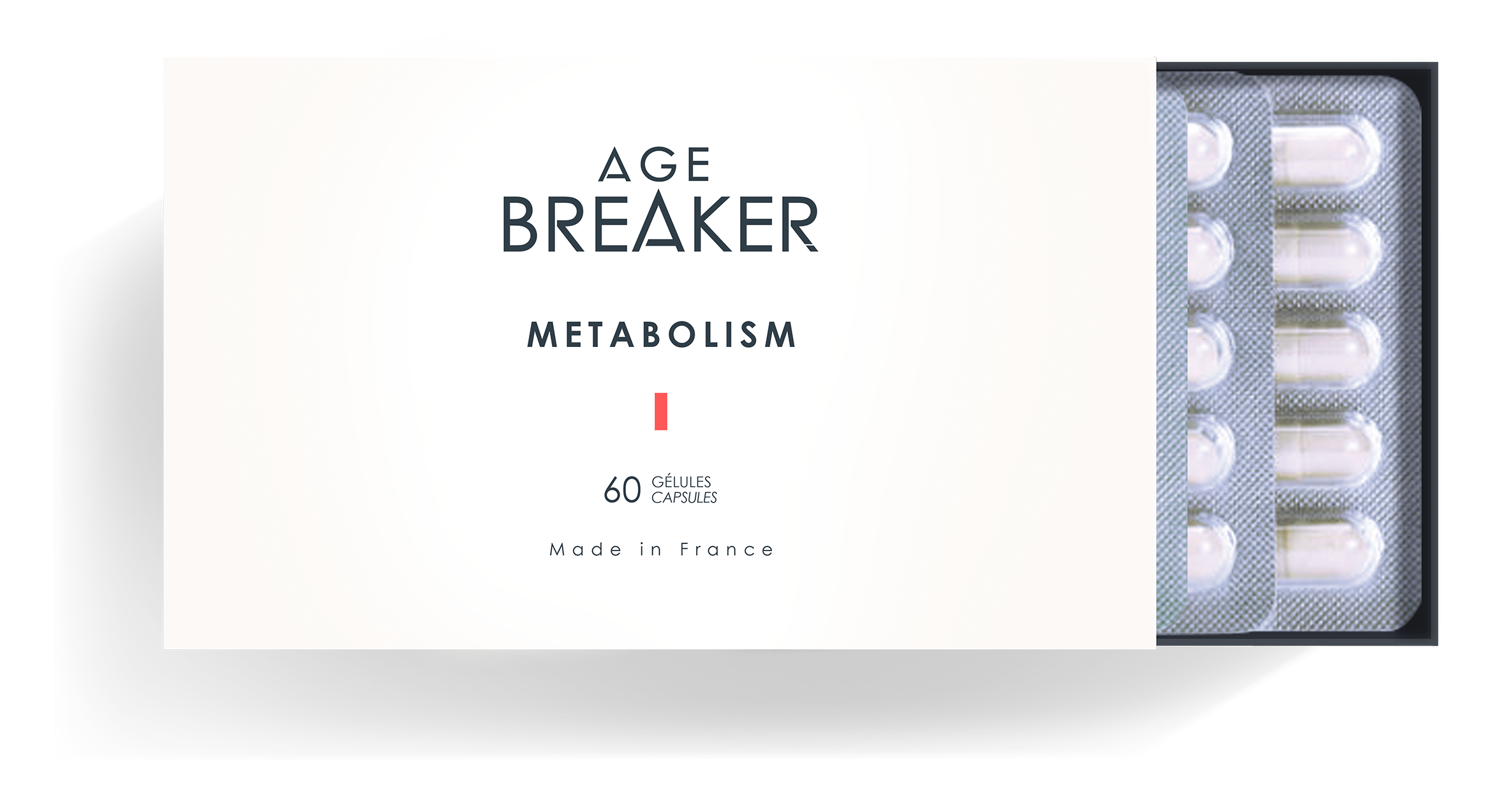By Doctor Olivier Claude
Today, the MD Codes combined with new-generation hyaluronic acids allow us to restore the facial support structure and contours. With this concept, we can achieve facial harmony with natural-looking results and mild after-effects.
Nearly 15 years ago, I went to the United States to do a Fellowship in Plastic and Cosmetic Surgery with Pr. Michael Yaremchuk (Harvard Medical School – Boston). I was astounded by the quality of the facial rejuvenation and beautification results he achieved. He was one of the first people to understand the need to restore the face’s support structure. Today, hyaluronic acid and the MD Codes have been added to this approach, offering treatments with milder after-effects for our patients.
When performing a lift, Pr. Michael Yaremchuk inserted small implants into the cheekbones, the outer edge of the eye socket and even the chin. Aging is a multifactorial mechanism. A face lift is a very powerful tool that allows us to reposition the muscles and the skin upwards and backwards, back to where they were before. But, as the years pass, we also lose bone and deep fat, which leads to a loss of support for our skin, causing it to droop downwards and forwards. This creates nasolabial folds, expression lines and jowls. A face lift alone can correct sagging skin, but the risk is that it can make the face look taught and flat. Implants can work really well with a lift by restoring the facial support. Later on, these small implants were gradually replaced by autologous fat transfers, called lipofilling, which offers comparable results but with fewer after-effects.
However, the fat used is more liquid than the fat and bone we lose over time, and therefore does not offer the same support. I still use lipofilling in most of my lifts, but in smaller quantities. It provides precious stem cells and growth factors, which improve the skin quality. But, nowadays, before a lift, I restore the facial support structure using hyaluronic acid. The new hyaluronic acid gels allow us to achieve results that last several years and require smaller and smaller “top-up” injections. These “maintenance” injections are carried out every two years, on average. The different densities of gel allow us to restore this lost support due to bone or fat wastage. The injections are extremely precise because they are carried out when the patient is awake and sitting up. The doctor works like a sculptor, according to a precise treatment plan, which is drawn up after a personalised examination and respects each patient’s needs and desires.
However, in the first sessions of hyaluronic acid injections, it is important to avoid treating the consequences of sagging skin.
Treating the superficial layers in the lower face, such as the nasolabial folds or expression lines, might erase any wrinkles but will weigh the face down and block any expressions.

The first step when rejuvenating or beautifying a face must be restoring the facial support structure. We must first treat the causes, not the consequences. The hyaluronic acid injections are therefore first carried out in the two upper thirds of the face to recreate a nice oval or inverted triangle of youth.
The face is made up of several anatomical units. The MD Codes are precise sites within these units. The facial units are treated according to an architectural method which restores the facial support by making the face lighter. This revolutionary technique is highly effective for achieving natural-looking and harmonious results. The idea is not to create volumes with the injections, but rather to restore the facial support.
The injection sites are represented by a group of letters and numbers. The letters represent the anatomical area and the numbers represent the injection sequence. This codification optimises the design of the treatment plan and also allows the patient to better understand the strategy proposed. The MD Codes also make it easier for us to teach the injection techniques to our peers at congresses and training workshops. This unparalleled tool has really shaken up our therapeutic arsenal. The MD Codes can also be used to restore the facial muscle dynamic. The face conveys emotions that can be positive or negative. To express them, we use muscles that elevate or depress the face (agonist/antagonist muscles). As we age, the lifting muscles (generally for positive emotions) work less well due to a loss of bone and fat in their insertion zone. Small, accurate deposits of hyaluronic acid gel into these areas allow us to carry out a positive muscle modulation. The product injected restores the arm of the mechanical lever and the positive muscle (such as the zygomatic elevators) will work like it did before. Conversely, small deposits of gel at the surface of the depressor muscles, such as the depressor angular oris (DAO) at the edge of the mouth, allow us to reduce the expression of negative emotions (sad face).
The creator of the MD Codes, Dr Mauricio De Maio, a Brazilian plastic surgeon, has developed a whole new use for hyaluronic acid, thanks to this codification. In just a few years, the way we analyse and treat the face have changed considerably. Our regular discussions with Dr De Maio allow us to further refine our use of the MD Codes.
Every face is different and all of our patients have their own rejuvenation or beautification desires. Some want to look less tired, less saggy or less sad or stern. Others want their face to look more feminine, more masculine or lighter. Analysis and strategy are always the first stages of any consultation, to enable us to draw up a treatment plan.
This precise and codified use of hyaluronic acid gels usually allows us to meet the desired objectives.
However, there may be significant sagging in the face or eyelids which may require surgery or tensor threads at a later date. Restoring the deep support structure with the MD Codes allows us to achieve an optimised result through this synergy of injections and surgery. This comprehensive medical-surgical approach also allows us to hold off surgery for a time. This means that the surgical procedures end up being milder than if we had to treat all the consequences of aging.
After surgery, injections will also be carried out but will be more spaced out and in smaller quantities, in order to maintain the results in the best possible way. This overall and gradual approach also has a real power of prevention, which enables us to grow old gracefully.
 Doctor Olivier Claude
Doctor Olivier Claude
Plastic and Aesthetic Surgeon – Paris. Qualified in Plastic, Reconstructive and Aesthetic Surgery. D.E.S.C. medical specialisation diploma in Plastic and Aesthetic Surgery. Graduated from the French College of Plastic Reconstructive and Aesthetic Surgery.
Instagram: @dr.olivierclaude















